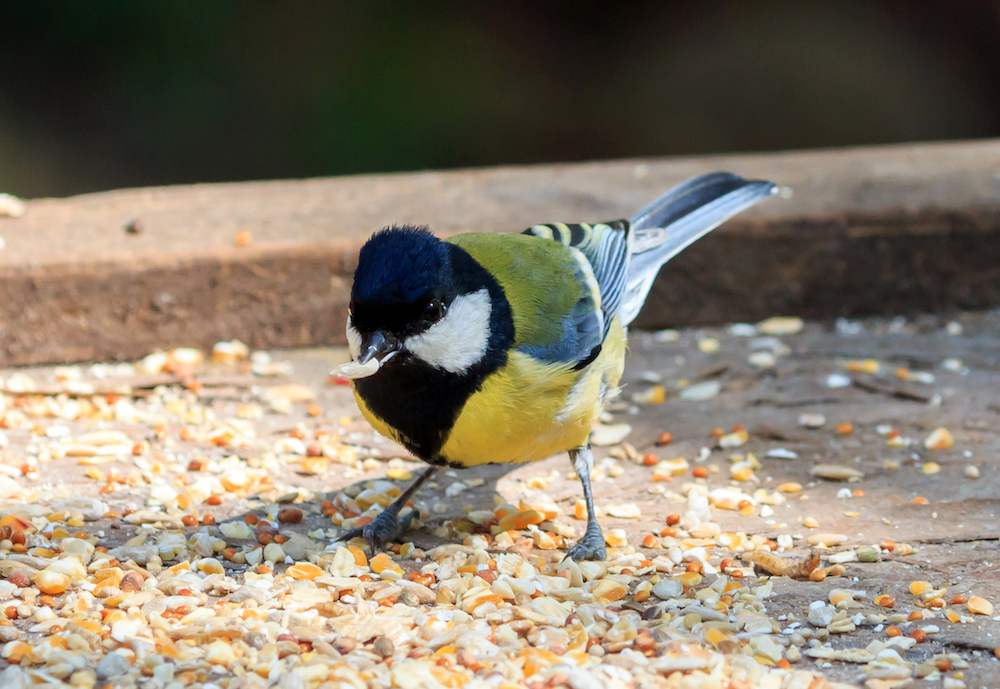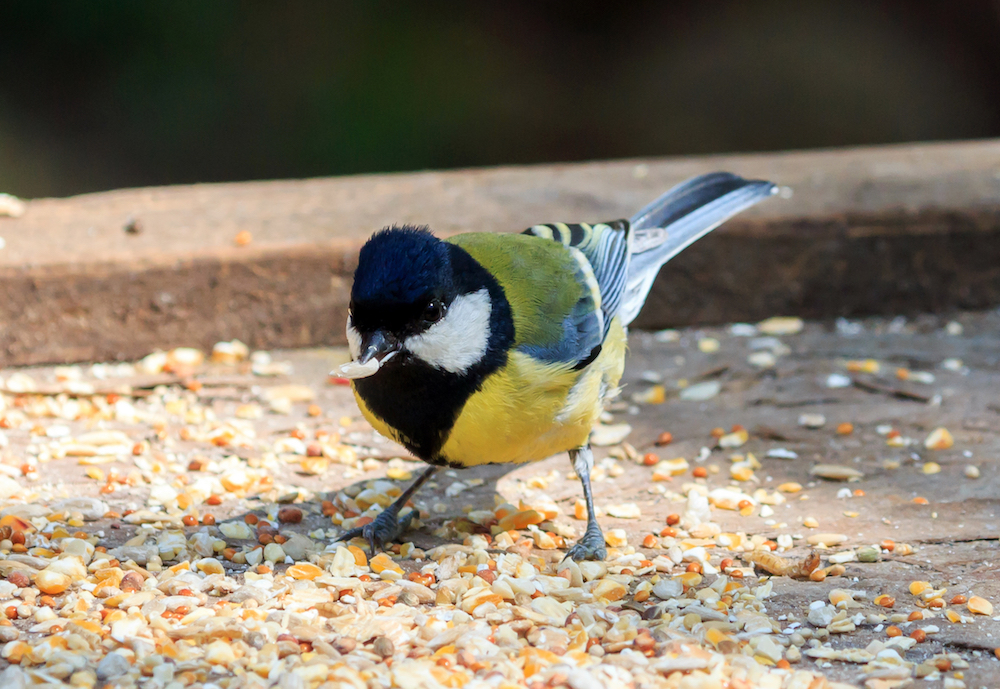Time to look forward to the coming year
As we leave Christmas behind and begin a new year, it’s time to get the catalogues out and start to plan for the coming season.
Planning ahead is vital, especially important if you’re growing vegetables, as it’s always worth looking at what new varieties are available. Onion fans will be pleased to learn that there’s a replacement at last for the popular Kelsea onion – a direct descendant called Exhibition. Don’t delay in buying the seed as its selling quickly and start them off as soon as you can. Broad beans can be sown directly outside – use Aquadulce, the hardiest variety available. Herbs can be grown on windowsills giving a fresh supply at all times. Strawberry plants can be potted up and grown in a cold greenhouse to get an early crop.
Seed potatoes usually arrive at the start of the New Year, weather permitting. Come and buy them in January if possible, as the most popular varieties quickly disappear. Over 45 different varieties are available at well-stocked garden centres such as , including several of the Albert Bartlett range plus more unusual varieties such as Pink Gypsy, the new Jazzy and old favourites like Rocket and Arran Pilot. Once you get them home, put them in egg trays in a light, cool and frost free environment to chit (allow shoots to form). Onion sets and shallots are usually delivered in February and you can start seed potatoes in pots inside as early as you like, so long as they’re protected from any frosts.
Expect the unexpected
If the weather is fine and frost free, get out into the garden to burn off those extra pounds gained over Christmas by finishing any clearing up jobs that weren’t done at the end of 2016, especially tidying up leaves and debris. This will help prevent disease from spreading and remove hiding places for slugs and snails. Trim old leaves away from hellebores – as well as keeping the risk of disease down, it makes any flowers easier to see. If there’s no frost in the ground, you can mulch plants ready for spring growth in a few weeks time. Although we haven’t had much snow over the last few years, it might not be the case this year. If the snow and frosts do arrive, make sure vulnerable plants such as hebe, phormium, cordyline and palms are covered with fleece… and it’s worth brushing off conifers and hedges to stop them splitting open with the weight of the snow. Remember to make sure outdoor taps are lagged and covered over to frosts causing any cracking and leaks caused.
If you haven’t used winter wash on your fruit trees yet, do so on a mild day before the buds start to burst; this will clear up any pests and their eggs left overwintering on your trees. Make sure you have a grease band wrapped round the stems or coat the main stem with fruit tree grease; this can be kept on all year round to catch any pests climbing up the tree. This is an important step to carry out every year, but more so now as there are no fungicides available on the market to treat diseases such as scab, rust and mildews.
A glass act
While you have very little in your greenhouse, January and February are the ideal times to turn it out, wash it down and disinfect it to ensure your seeds and plants get the very best start. Remove as much as possible from the greenhouse; wash down any staging, seed trays and pots with a good detergent or greenhouse disinfectant. Then wash down the glass again with a detergent or disinfectant to remove any algae, pests and overwintering eggs. Choose a mild day when glass is unlikely to crack.
If you want to start something off early in the greenhouse, try sowing some sweet pea or antirrhinum (snapdragon) seeds in a cool environment. Use a seed compost and sow them into peat pots, two to three seeds per pot. When they’re ready for planting out the roots will have grown through the pot and it’s then very easy to just pop the plant into the ground or a container. If you’ve got some heat, begonias can be sown early but they do need to be kept warm and not planted outside before mid to late May.
Starting with colour
Looking ahead to later in year, check out the ranges of geraniums, fuchsias and hanging basket plants that will be available in April and May. Plug plants will be available around the beginning of March, but they will need heat to start with. Grow them in the house to get a head start, but remember you need to take note of the weather conditions and not be in a rush to put tender plants out before May time.
Look to your garden to see if spring is on the way – plants such as hamamelis (witch hazel), snowdrops, viburnum tinus and hellebores will all be showing signs of colour that suggest warmer weather is coming.
Don’t forget our feathered friends, especially if the weather is poor – peanuts, seeds, mealworms, fat balls and feeders all help keep them well fed over the winter months. Clean off bird tables regularly and remember to put out fresh water daily.
This month’s tips are provided by Ann Winwood of Lealans Garden Centre, Shipley.







